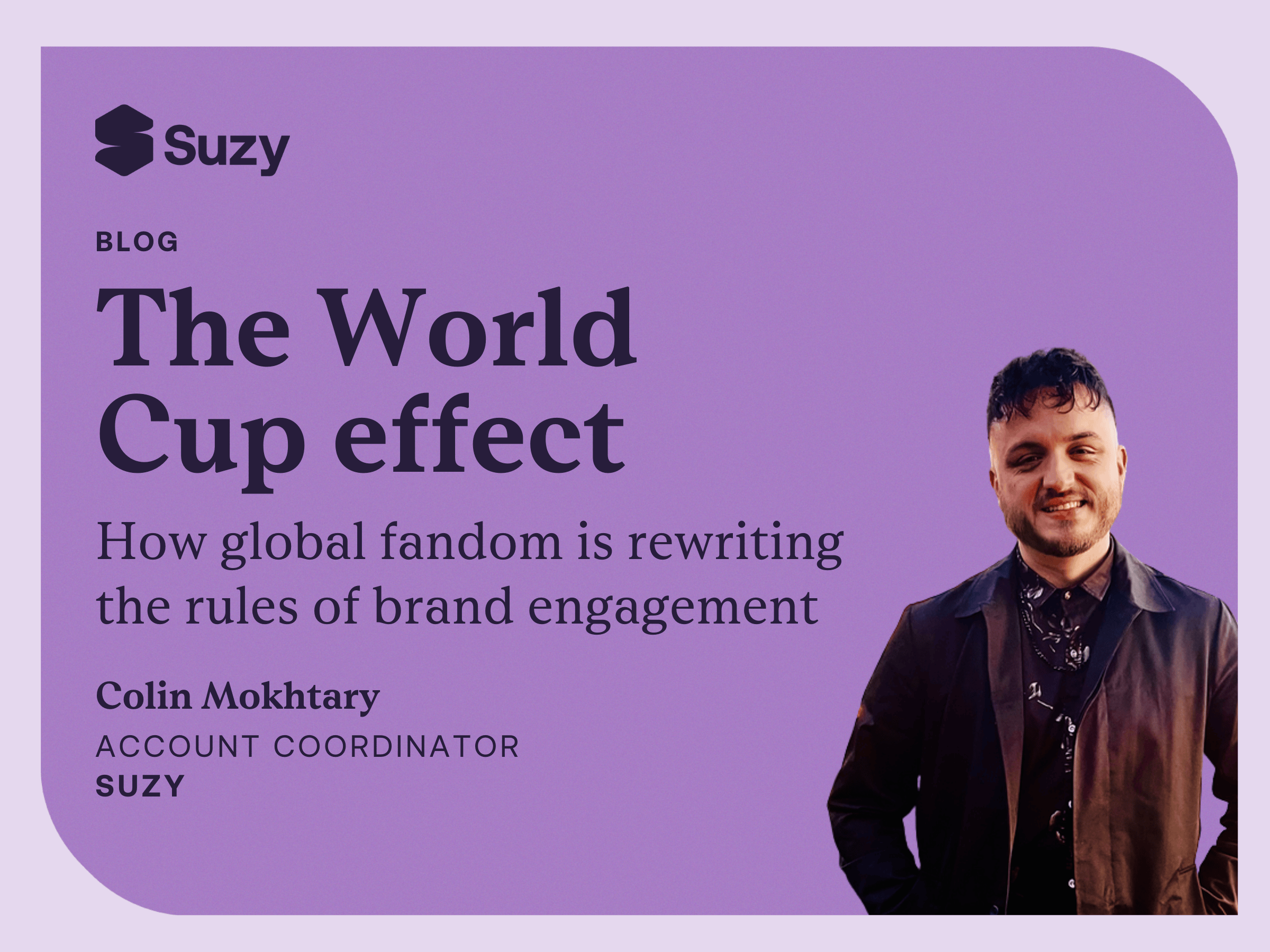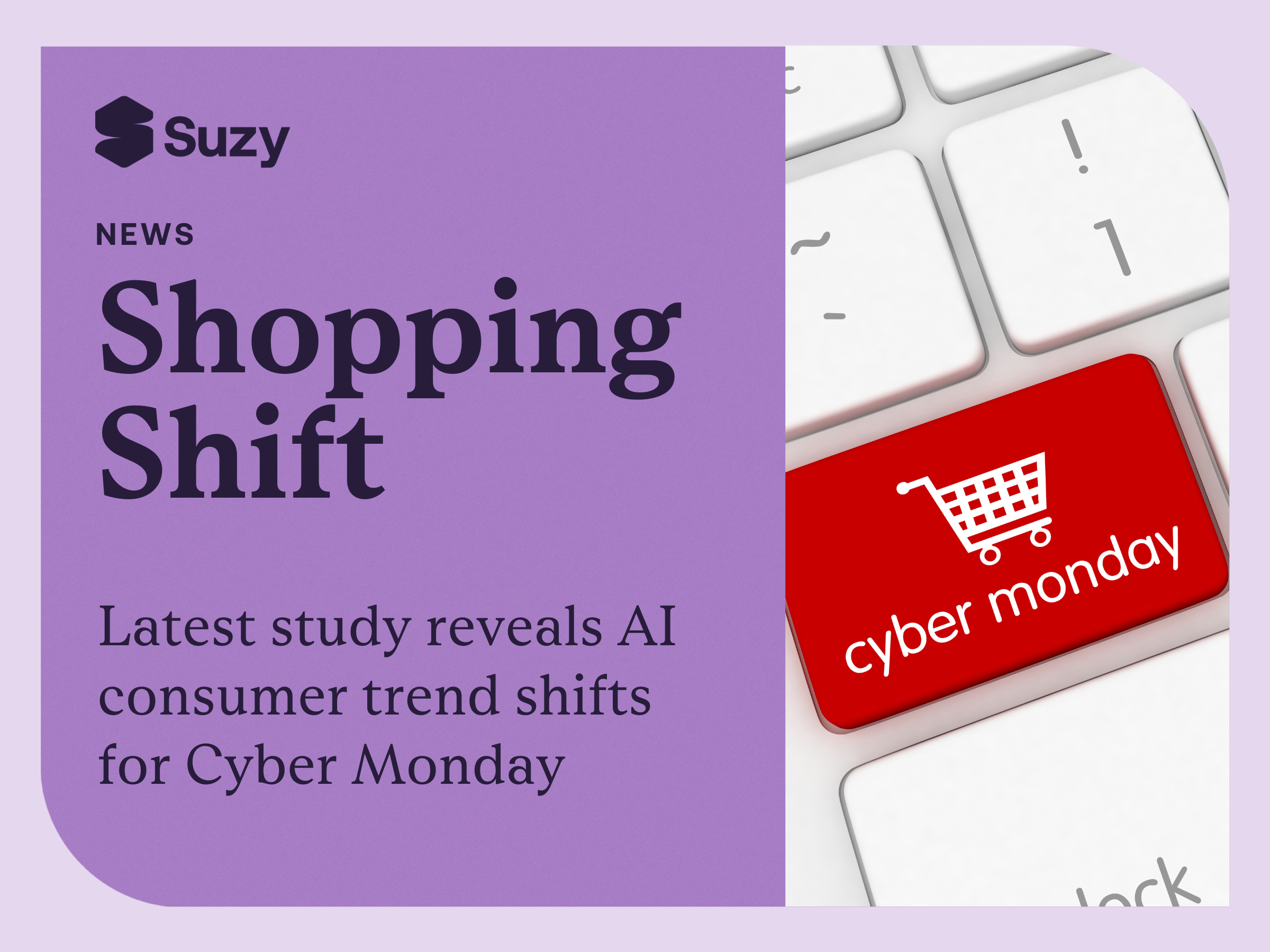Qualitative market research is essential for market researchers. It helps brands understand consumers at the feeling level—their thoughts, feelings, emotions, beliefs, opinions, and more. One of the primary ways brands can connect with consumers on this kind of level is through online focus groups.
Focus groups are typically used to explore concepts, build empathy, and get a range of critical qualitative insights. While helpful for market researchers, in-person focus groups have some drawbacks too. They can be expensive and time-consuming to organize and set up. Plus, they’re limited by geography. If a brand or market research team wants to survey the entire country, that means they have to organize a lot of focus groups.
Online focus groups, on the other hand, speed the whole process up. Often, insights can be captured in just one session, which allows researchers to maximize their time. There aren’t any travel costs, and people all across the country can participate. On certain platforms, like Suzy Live, online focus groups can be used in tandem with quantitative research, keeping all the insights in one place.
What’s better: qualitative vs. quantitative research? It’s a trick question. Learn how to use both to test, learn, iterate, and repeat.
But online focus groups aren’t like traditional, in-person discussions. What’s the ideal length for one? How many people should participate? How many focus groups are enough to get the quantitative data you need? To address these important questions, let’s explore best practices for online focus groups. We’ll cover the benefits, what to use online focus groups for, and how to conduct online focus groups.
Benefits of running focus groups online
Save time and skip the travel
If the COVID-19 pandemic taught us anything, it’s that people don’t actually have to meet in-person to enjoy a group discussion anymore. Online focus groups fall into the same vein as Zoom hangouts and online concerts. With an online focus group, neither your facilitator nor your participants need to travel to a certain location to participate. With a much shorter time commitment for participants, it’s more likely that your participants will show up and you will get the information you need. You also can save costs by eliminating in-person logistics. Everything happens online, which helps you get the most out of your investment in qualitative research.
Broaden your horizons
Market researchers are no longer bound by geography. Thanks to the convenience of online focus groups, you can interview more people for a wider scope and a broader range of insights. Participants can interact and bounce ideas off one another.
Get research going, fast
You can have an online focus group kicked off in as little as 72 hours with a tool like Suzy Live. That includes all the screening, scheduling, and logistics. You’ll even have back-up participants waiting in the wings in case one of your original participants doesn’t work out.
Get qualitative research at your fingertips — see how Suzy Live Focus Groups work today by booking a demo.
What can you use online focus groups for?
Online focus groups offer invaluable qualitative insights throughout the product development process. From the very first inkling of an idea to launching it in the market, it’s important to make group discussions part of your consumer feedback loop.
Understand your target consumer
It’s easy to find your target consumer in Suzy Audiences. Once you know who they are, it’s time to gather some information about them through an online focus group. This type of qualitative research can help you create relevant products and ads, helping you reach that target consumer in the market.
Generate concept ideas
Online focus groups are great for early concept exploration and testing. Concept testing helps brands understand what types of product ideas and designs are most desirable among their target consumer. Through concept testing, you can also determine what branding to use and which marketing campaigns to run.
Sell your ideas internally
The data from your online focus groups can help you sell your ideas and concepts internally to management or customers. With Focus Groups from Suzy, you can not only include quotes in your presentation but you can also add in video clips to drive home a strong story and case for your ideas.
Test the usability
Does your product work as it should? Will your consumers use it as intended? UX testing through Suzy Live and Focus Groups can help you uncover issues and discover opportunities.
Go-to-market with confidence
Qualitative research shouldn’t be a one-and-done effort. By using online focus groups throughout the product development process, you can determine what to create, how to do it, and how to launch it in the market. Before you ever even launch your product, you can use them to explore and validate concepts, products, and ad messaging. Online focus groups can also help you name your ideas, add or remove specific product features, and even understand what would drive consumers to buy your product.
How to conduct an online focus group
Before the interview
Kick off your online focus group project like any other: with objectives, details, target audiences, and timelines. Wrap up everything in a brief. Every successful interview needs to have planned focus group questions and a discussion guide as well.
Next, it’s time to recruit and screen participants and begin scheduling interviews. Plan on recruiting enough people for a minimum of three online focus groups. Depending on your specific project and objectives, you may need to recruit enough people for additional groups. When cohort groups are involved, it’s a best practice to hold separate focus group interview sessions for each.
Each group should have between four to five people. To make sure you have enough people for each interview, plan on over-recruiting. If you want five people in the interview, recruit eight.
You also need to find a strong moderator that can keep your online focus groups on topic and engaged. At Suzy Live, our team can handle (and incentivize) the entire recruitment process for you.
Have participants review the interview guidelines, and be sure to communicate expectations before the session begins.
During the interview
The ideal length for each online focus group is between 60 and 90 minutes. You can keep things running smoothly by sending important messages and information online through the Suzy Live platform. Quickly select participants from the digital waiting room and add them to your online focus group.
Plan on using the moderator tools as well, including the mic and camera. Keep your discussion guide handy right in the platform, and bookmark key moments for later review. The participant chat can help you manage logistics or administrative issues. Or you can use it to share links or other resources that you want your participants to access. If you are trying to understand how participants experience the UX of your product, ask them to screen share so you can understand where they are running into troubles.
Finally, don’t forget to take notes and observe your online focus group participants. The Suzy Live platform has a “backroom” that works just like a one-way mirror. The research team can observe participants and chat with other members while maintaining your study’s integrity.
After the interview
Your online focus group recording will be immediately available. You can also access the transcripts and any notes you made right on the Suzy Live platform. Simply search for the transcript recording to quickly find the moments that matter, view your bookmarks and create new ones, and bring your story to life with adjustable and downloadable clips.
Keep the research going
Keeping up with consumers means getting constant feedback and combining your quant and qual for robust and actionable insights. At Suzy, you can retarget previous focus group participants and learn from them over and over again. That can help you iterate, learn, and develop the products, campaigns, and more that your consumers want.
.webp)







